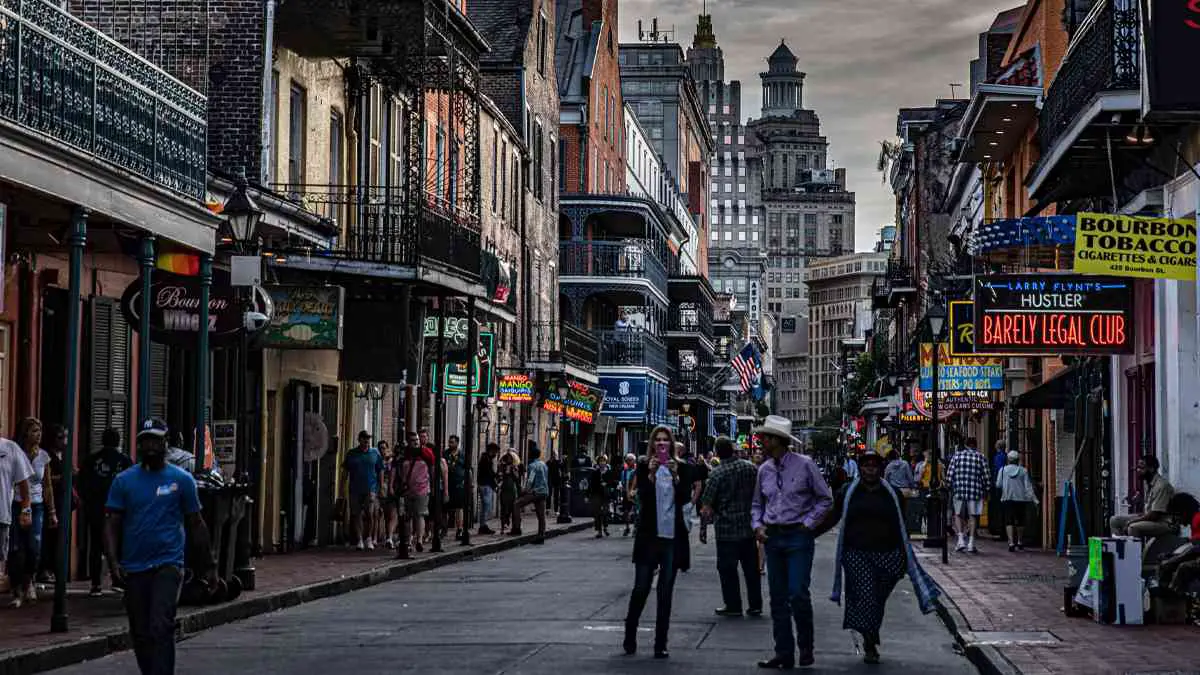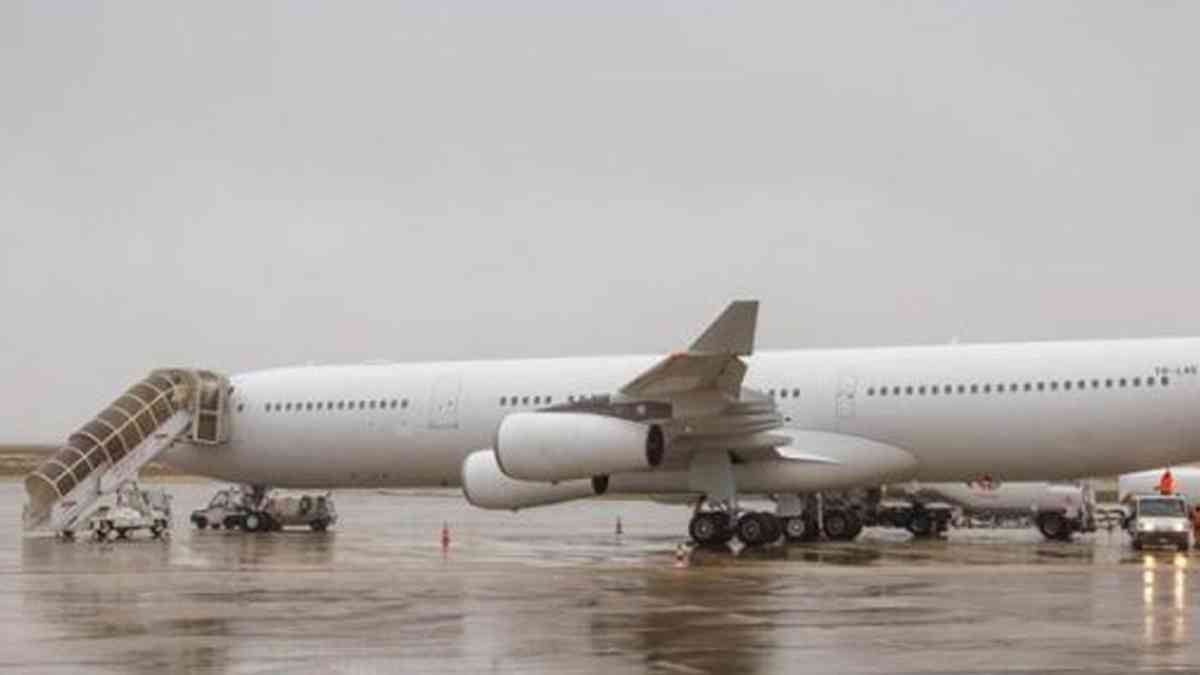Look at the Human Trafficking Preface. In a recent incident, French authorities predicated a Romanian passenger airplane carrying 303 Indian citizens, raising reservations about human trafficking. The airplane, operated by Legend Airlines, was en route from the United Arab Emirates to Nicaragua and had made a layover at Vatry field in France for inventories.
This intimidating incident sheds light on the global issue of human trafficking, a crime that continues to thrive, indeed, in plain sight. The Suspicious Incident On December 21, 303 Indian citizens, including 11 lonely minors, were aboard an Aeroplan possessed by Legend Airlines, a Romanian company. French authorities took action after entering an anonymous tip about implicit Human Trafficking. A company outside the European Union had chartered the airplane, and Legend Airlines claimed no involvement in ticket deals for this flight.
Examinations and Legal Consequences
The cabin crew was questioned but released, while the company that chartered the airplane remained undisclosed due to ongoing examinations. Under French law, organized human trafficking can result in severe penalties, including captivity terms of over 20 times and forfeitures of over to$3.3 million (3 million euros).
The minors on the airplane were transferred to applicable government agencies for care, emphasizing the need to cover vulnerable populations affected by human trafficking. International Response India’s delegacy in France handed support and liaised with original authorities. This instance underlines the importance of international collaboration in Battling Against human trafficking, a global crime.
In the United States, for illustration, it’s distressingly common, with estimates suggesting that between 14,500 and 17,500 people are traded into or within the country annually. This crime involves forced labor and coitus trafficking, impacting people of all periods, genders, and backgrounds.
Victims frequently
Sweat coming forward due to pitfalls from merchandisers or a lack of knowledge about where to seek help makes it grueling to understand the extent of the problem completely. The Complex Nature of Human Trafficking Human trafficking is a complex and dynamic crime that occurs in colorful surroundings.
Accurate data on its frequency and victim biographies remain scarce. The lack of dependable, high-quality data poses a significant challenge in battling against this crime effectively. Recent Trends and Challenges In 2020, the COVID-19 epidemic led to a decline in the number of detected trafficking victims worldwide, as merchandisers faced limited openings, and discovery sweats were hampered. Some forms of trafficking, similar to sexual exploitation, moved to further retired spaces due to the check of public venues.
Estimating the frequency of human trafficking remains delicate, with no global or indigenous estimates available. National estimates are frequently grounded on modeling being executive data, but collecting new primary data through checks is challenging due to the crime’s sensitive nature and ethical enterprises.
Philanthropic Settings and Large-scale
Migration Flows Philanthropic settings and large-scale migration flows disguise fresh challenges for data collection. Conducting rigorous and ethical data collection can be complicated in similar dynamic and frequently extremely- affected surroundings.
Access to affected populations may change fleetly, and support services for victims may be limited originally. The Significance of Public Mindfulness Raising mindfulness about human trafficking is pivotal in the fight against this heinous crime.
Communities, governments, and associations must work together to educate people about the signs of human trafficking, how to report suspicious conditions, and where to seek help. Mindfulness juggernauts can empower individuals to become watchful and visionary in relating to and aiding implicit victims. Human Trafficking Routes and Locales Human Trafficking knows no boundaries and operates through complex networks across the globe. Trafficking routes frequently cross multiple countries and regions.
Some locales are particularly vulnerable to human trafficking due to profitable differences, political insecurity, and weak law enforcement. Sweats to combat trafficking must include a focus on these hotspots and conveyance points.
Big Human Trafficking Cases While the incident involving the Romanian airplane in France is one of the more recent cases to capture public attention, Human Trafficking has a long history of big cases that have shaken the world. High-profile cases serve as stark monuments of the need for nonstop alert and transnational cooperation. They also exfoliate light on the colorful forms of trafficking, from forced labor in force chains to sexual exploitation in the darkest corners of society.
The Origins of Human Trafficking
The origins of Human Trafficking are multifaceted and embedded in socio-profitable factors, vulnerability, and felonious networks. Poverty, lack of education, conflict, and relegation contribute to individualities’ vulnerability to trafficking. Merchandisers exploit these vulnerabilities to benefit from the suffering of others. Understanding the root causes of Human Trafficking is essential for casting effective forestallment strategies. Human Trafficking
A Global Epidemic Human trafficking is a terrible crime that exploits people for forced labor, sexual yoke, or other forms of involuntary yoke. It’s a complex issue with ruinous consequences for victims, impacting millions of individuals worldwide.
Understanding the compass
• Global Reach Human trafficking occurs across all mainlands and affects people of all periods, genders, and backgrounds.

• Hidden in Plain Sight merchandisers frequently use deceptive tactics to bait victims, making it delicate to identify and quantify the true extent of the problem.
• Forced Labor & coitus Trafficking The two main forms of Human Trafficking are forced labor and coitus trafficking. Forced labor can involve people being forced to work in factories, granges, mines, or domestic yoke. Coitus trafficking involves the forced exploitation of people for marketable coitus.
The ruinous Impact
• Physical and Cerebral detriment: Victims of Human Trafficking frequently suffer physical and emotional abuse, including violence, pitfalls, and deprivation of introductory requirements.
• Long-Term Trauma The trauma of trafficking can have lasting cerebral goods, leading to anxiety, depression, and post-traumatic stress complaint (PTSD).
• Lost Implicit merchandisers rob individuals of their freedom, education, and openings, hindering their capability to reach their full eventuality.
Battling Against Human Trafficking
• Raising mindfulness Educating the public about Human Trafficking is pivotal for forestallment and identification.
• Supporting Victims: furnishing comprehensive support to victims, including physical and internal health care, legal aid, and social reintegration services, is essential for mending and recovery.
• Law Enforcement Strengthening law enforcement sweats to probe and make merchandisers is crucial to dismembering trafficking rings and bringing perpetrators to justice.
Taking Action
• Learn the signs of human trafficking. Be apprehensive of the common tactics used by merchandisers, similar to false pledges of employment or education, manipulation, and insulation.
• Report suspected dealing. If you see a commodity, say commodity. Communicate with your original authorities or a Human trafficking hotline if you suspect someone is being
traded.
• Support associations fighting trafficking, contribute or bestow your time to associations working to combat human trafficking, and support victims.
The incident of the Romanian airplane predicated in France serves as a stark memorial of the continuity of human trafficking on a global scale. Addressing this issue requires transnational cooperation, accurate data collection, and a commitment to guarding vulnerable populations. Human trafficking is a retired crime, but with combined sweat, mindfulness, and legal action, we can work towards its eradication.
In summary, the recent incident in France underscores the need for alert and action in battling against human trafficking, a crime that continues to affect individuals around the world, including in the United States.






















+ There are no comments
Add yours